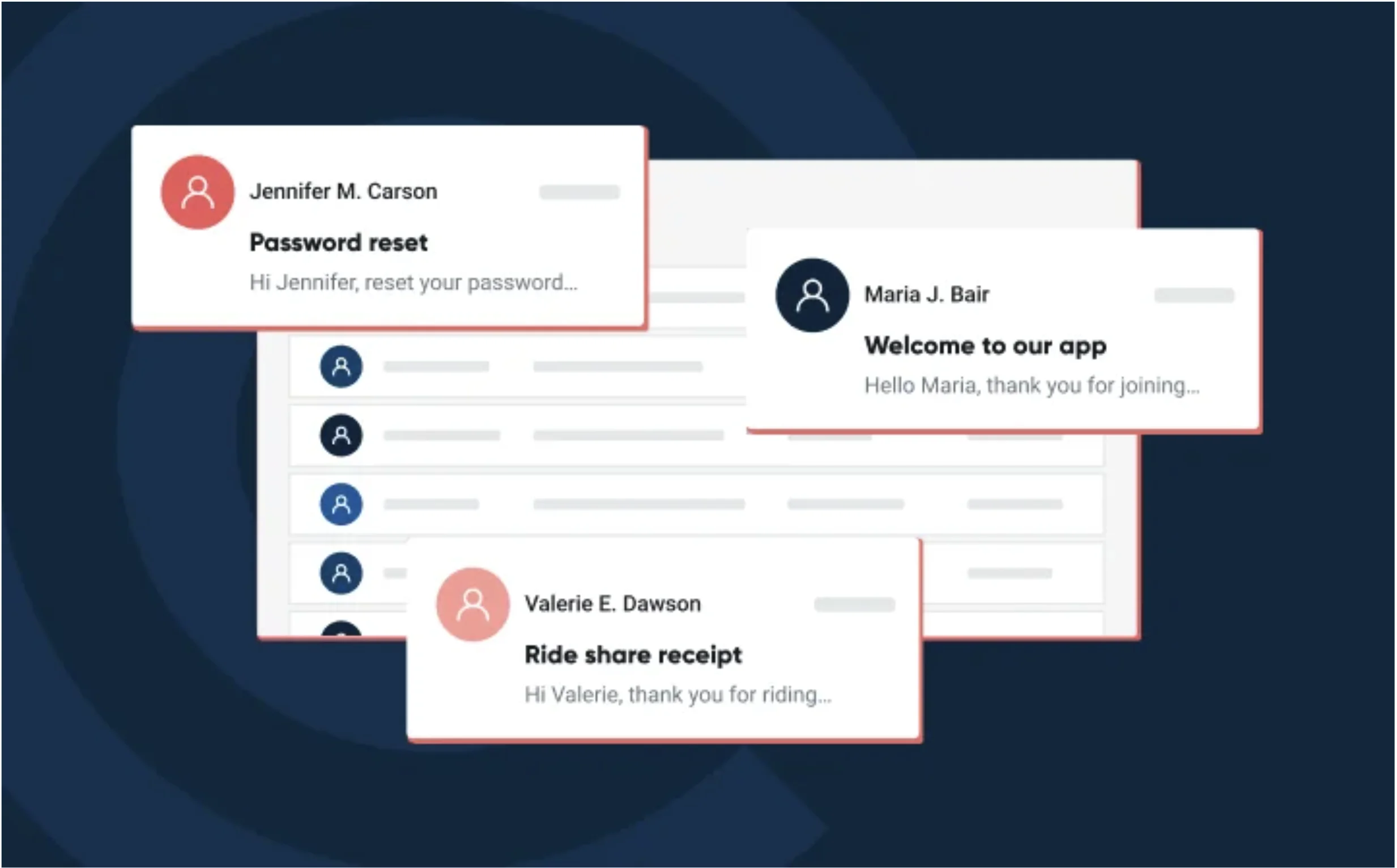Gmail gets personal: What senders should know about “relevant promotions” and “purchase tracking”


Gmail’s at it again, and just in time for the holiday sending season. Mere weeks into Q4, Google announced two updates aimed at helping users stay organized and surface the most meaningful messages: a new Purchases view that consolidates delivery and receipt emails, and a smarter Promotions tab that can prioritize “most relevant” offers over “most recent” ones.
For users, it’s a welcome dose of clarity.
For senders, it’s a subtle but serious shift in how Gmail evaluates value.
Rolling out globally to personal Gmail accounts, the Purchases view brings together order confirmations, receipts, and shipping updates into one streamlined list. Visual summary cards highlight upcoming deliveries, giving users a quick glance at what’s on the way.
If your transactional emails use structured data (schema markup) to describe items, prices, or tracking details, Gmail can now interpret and display that information more prominently within this view.
However, as early adopters noticed, machine learning still has a few wrinkles to iron out. In some cases, Gmail’s system misread dynamic timestamps, showing a restaurant delivery order as “arriving Monday” even when it wasn’t placed until Tuesday. It’s unclear exactly how Gmail pulls and normalizes purchase data, but it’s safe to assume senders have limited control over what’s displayed. Structured data helps the model understand your content, but it doesn’t guarantee perfection.

Let’s get this out of the way: the Promotions tab is the inbox for the millions of Gmail users choosing a tabbed view. Whether a message appears in Primary, Updates, or Promotions, Gmail’s goal is to surface what each user finds most engaging, not just what arrived most recently.
The new “most relevant” sorted view reflects that philosophy. Instead of showing messages in chronological order, Gmail will prioritize those it believes matter most based on engagement, historical interaction, and contextual cues. Users can still toggle back to “most recent,” but Gmail’s new “Top deals for you” cards and “nudge” prompts make it clear which experience they’re steering users toward.
For senders, this means your biggest competition isn’t the brand that hit “send” one minute before you; it’s every sender in your subscribers’ Promotions tab fighting for perceived value.
Send-time optimization? Old news. 2026 is the year of UO (User-based Optimization).
It’s no longer about when you send, but who you’re sending to and why they should care. The future belongs to senders who design for user intent, not around algorithms, and that mindset lays the groundwork for something even bigger: Inbox Optimization (IO), where messages earn visibility through relevance, clarity, and respect for attention.

This update is yet another sign that Gmail’s algorithms prioritize recipient experience over sender intent. Simply showing up on time isn’t enough. Now you need to earn your place at the front of the line.
Here’s how to adapt:
If you send via API or handle your own templates, consider adding structured data to your message payloads. Gmail supports JSON-LD markup for purchase-related messages, which can improve how your emails display in the new Purchases view.
Mailgun’s API makes it easy to inject schema markup dynamically into your message body or headers, so your receipts and tracking updates remain machine-readable without breaking template logic.
Use confirmed, stable values for timestamps and delivery windows whenever possible. Gmail’s parsing models can misinterpret changing or placeholder data, so to avoid any mishaps, avoid using dynamic fields that update after send.
For years, senders have used seed testing to gauge whether a message lands in “inbox” or “spam.” But Gmail’s evolution means placement is no longer a binary state.
Even if a message technically reaches the inbox, its prominence now depends on engagement, recency, and inferred relevance. Two users could receive the same email at the same time, but one might see it as a “Top deal”, while the other never scrolls far enough to notice it at all.
That makes deliverability testing more complex, and more human. You’re no longer optimizing for filters; you’re optimizing for interest.
As you prep for Q4, remember: Gmail’s updates aren’t about punishing senders, they’re about rewarding the ones who prioritize real relationships.
Deliverability is speeding away from technical compliance alone. Success now depends on how well you know your subscribers, how cleanly you structure your data, and how thoughtfully you respect their attention.
In other words: your best deliverability strategy is providing value. Same as it ever was.
At the end of 2025, we’re watching email evolve faster than ever thanks to smarter inboxes, better segmentation tools, and a new wave of AI-powered assistance. Gmail’s latest updates reinforce what senders have been learning the hard way: relevance is the currency of the inbox.
If 2025 was the year of AIO (Artificial Intelligence Optimization), 2026 may well be the dawn of IO (Inbox Optimization). It’s not a buzzword (yet!), but it captures where we’re headed: toward experiences that combine intelligent automation with genuine human attention.
Because as inboxes get smarter, so must senders.
Stay ahead of Gmail’s evolution:
Send me the Mailgun newsletter. I expressly agree to receive the newsletter and know that I can easily unsubscribe at any time.